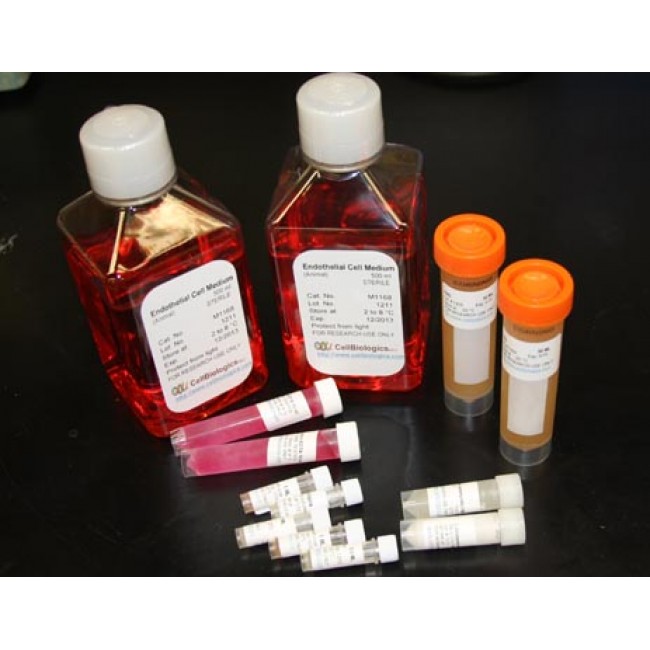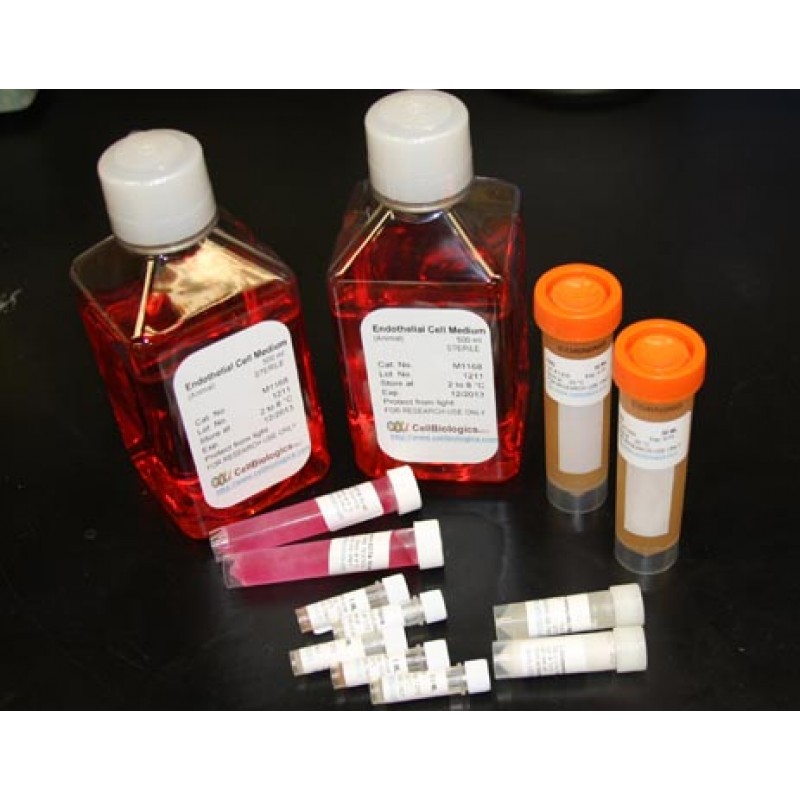IL6 is a pleiotropic cytokine that participates in a wide variety of biological functions such as acute phase response, inflammation, hematopoiesis, bone metabolism and cancer. While produced mainly by stimulated monocytes, fibroblasts and endothelial cells, IL6 is also known to be produced by macrophages, T cells, B lymphocytes, granulocytes, smooth muscle cells, eosinophils, chondrocytes, osteoblasts, mast cells, glial cells and keratinocytes, upon stimulation. Unlike murine IL6 which is inactive on human cells, both human and murine IL6 are equally active on murine cells. The IL6 receptor is a strongly glycosylated protein of 80 kDa and a length of 449 amino acids (designated CD126). Recombinant human IL6 is expressed in human 293 cells as a monomeric glycoprotein with a molecular mass of 21 to 29 kDa.


